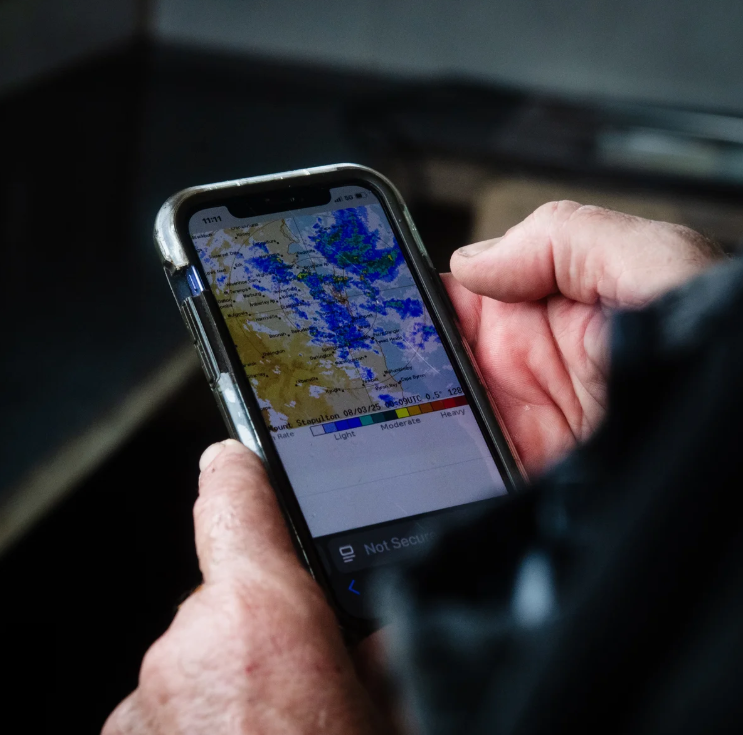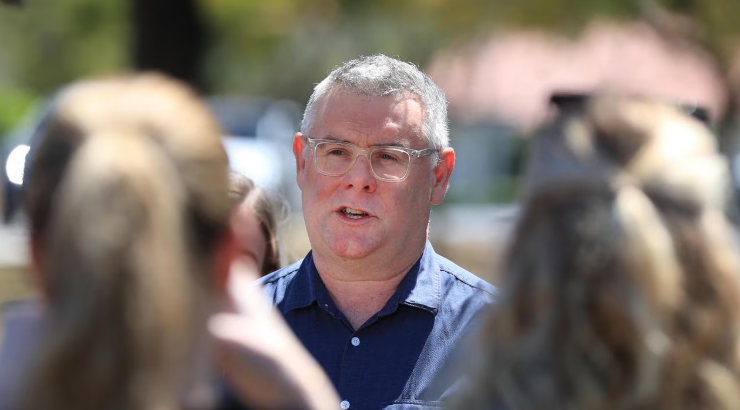The revamping of the Bureau of Meteorology website has been met with strong public disapproval from Australians. Complaints about the site’s functionality and usability were triggered by last week’s launch of the redesigned site.
Users have pointed out that the removal of the radar, which is a very important tool during heavy rain and storms, rendered it unusable; it either malfunctioned or did not load at all. The changes made are the first major redesign of the site in about ten years.
Dr Peter Stone, BOM’s acting chief executive, while acknowledging public frustration, also apologised for the website’s shortcomings. He mentioned that the organisation was aware of the issues brought up by the users and would work on them very soon. This growing new BOM website has intensified calls for a BOM website failure investigation across political and public sectors.

Australians criticise revamped Bureau of Meteorology website for poor functionality.
Failure Investigation?
A formal BOM website failure investigation has been demanded by the leader of the National Party, David Littleproud. He called the agency a “failure” towards the Australian regions and the rollout “a joke”. The problems, according to Littleproud, might even endanger rural people as Australia is entering the wet season soon. He maintained that farmers and those living in the regions rely on accurate radar information and weather warnings.
Mr Littleproud referred to the Bureau’s history of unreliability, mentioning last year’s wrong drought forecasts. He has also been very hard on the agency, calling it a repeat of mistakes and poor planning. The increasing Bureau of Meteorology website issues in 2025 have highlighted a pattern of digital shortcomings and sparked bipartisan scrutiny.
BOM Acknowledges Flaws Amid Growing Website Backlash
Dr Stone still emphasised that the safety of Australians will always come first. He confided to the public that the forecasts, warnings, and weather updates will still be available through the website, mobile app, and social media. BOM stated that the new platform will facilitate access to severe weather alerts for the public.
The backlash, nevertheless, has been growing, with users confused over radar displays and some features missing. The reaction to BOM’s new website backlash indicates a more significant problem that of finding the right point between modernisation and accessibility for rural users. The Bureau of Meteorology website issues 2025 debate shows how essential user experience is in national digital systems.

Dr Stone assures Australians of continued access to vital weather updates.
Did the BOM Overspend On a Flawed Digital Platform?
The $4.1 million cost of the website has been a source of discussion throughout Parliament. Liberal MP Rick Wilson expressed that the site was “outrageous” both in price and appearance. He pointed out that the farmers in his constituency felt very angry about the loss of the tools that they were used to. One of the farmers even went to his office to voice the complaint face-to-face.
Wilson queried whether the agricultural groups had been involved at all in the redesign process. He said users are looking for fast radar checks, not difficult graphics or too many clicks. The controversy over the spending is adding a financial dimension to the Bureau of Meteorology website issues 2025, which has become central to the BOM website failure investigation narrative.
Government Response To Bureau Of Meteorology Website Issues 2025
Environment Minister Murray Watt held a meeting with the BOM leadership to discuss the amplified criticism. He has asserted that before the peak weather season, the website’s performance and reliability have to be improved. Senator Watt has assured that the modifications are in progress in order to rectify issues while keeping the operations stable.
He has also instructed BOM to keep the emergency ministers of the states and territories updated on the fixes being done. The government has shown that it is important to restore public trust in the weather data immediately. The BOM’s new website backlash has therefore led to strict governmental oversight and expedited updates under the ongoing BOM website failure investigation.

Minister Watt demands BOM improve website reliability before peak weather season.
BOM Website Failure Investigation Could Shape Future Digital Projects
Specialists have recommended the examination of the BOM website failure investigation as the beginning of a new era for public systems launched by federal agencies. The case indicates the dangers accompanying digital deployments without bringing in users for thorough testing. For a nation that often experiences extreme weather, it is important to have good and easy-to-use forecasting tools.
Australians are now looking at the agency and how it will act under political and community pressure. Dr Stone stated that BOM will not stop working on the website and will help users familiarise themselves with the new features. The lessons from the Bureau of Meteorology website issues 2025 and the BOM’s new website backlash could reshape how government digital projects are planned and implemented in the future.
Also Read: Australia Faces Record-Breaking October Weather Chaos
FAQs
- Why is the BOM website under investigation?
A thorough inquiry is being carried out to investigate the matter of the BOM website failure investigation due to the extensive complaints regarding its poor functionality and usability.
- How much did the new BOM website cost?
The cost of the new Bureau of Meteorology website was nearly $4.1 million spent on the entire process of its development and launch, which contributed to the BOM’s new website.
- Who called for the BOM website failure investigation?
The demand for the BOM website failure investigation came from the Nationals leader, David Littleproud, as he highlighted the risks posed to the people living in the countryside and the ongoing Bureau of Meteorology website issues in 2025.
- What is BOM doing to fix the issues?
BOM is taking steps that include listening to the public, making some technical changes, and keeping ministers informed of the progress in the work amid the ongoing BOM’s new website.












